It's no surprise the Great Barrier Reef is one of the most Googled natural wonders on Earth. This living icon boasts over 1,600 species of fish, over 600 species of corals and a wide range of iconic marine creatures including six of the world's seven species of marine turtle.
The Great Barrier Reef sparks our imagination with its scale and splendour and it also stirs deep concern as we learn more about coral bleaching and climate threats. Whether you've been moved by your own experiences, are dreaming of diving in, or simply wanting to understand more about the Reef, these are the questions people ask most - and the answers that matter.
#Where is the Great Barrier Reef?
The Great Barrier Reef is a World Heritage Listed area situated in the Coral Sea, off Australia's northeastern coast, stretching over 2,300 kilometres (1,400 miles) from the tip of Cape York Peninsula in the north to Bundaberg in the south. While it has one unifying name, it is an interconnected system of around 3,000 individual coral reefs that range from 15 kilometres to 150 kilometres (9 to 93 miles) off the coastline.
#How big is the Great Barrier Reef?
The Great Barrier Reef is the largest living structure on the planet, so big it's visible from space. This 348,000km2 World Heritage Listed area is roughly the size of Italy and makes up 10% of the world's coral reef ecosystems. It comprises around 3,000 individual reefs and 980 islands and cays and is one of the best known and most complex natural systems on Earth.
The Great Barrier Reef is the largest living structure on the planet, so big it's visible from space.
#How old is the Great Barrier Reef?
It is believed the earliest signs of Reef formation date back 500,000 to 600,000 years, when coral structures were repeatedly built and reshaped by glacial and interglacial cycles and with the rise and fall of sea levels.
The Great Barrier Reef, as we know it, began to take shape about 10,000 years ago after the last ice age. As the waters rose, corals colonised new areas of the continental shelf. Between 4,000 and 9,000 years ago, the Reef experienced a major growth phase, laying the foundation for the vibrant ecosystem we recognise today.
For more than 60,000 years, Aboriginal and Torres Strait Islander peoples have lived with, cared for and passed down stories of this sea Country. Today, over 70 Traditional Owner groups maintain ongoing spiritual, cultural and custodial connections to the Reef.
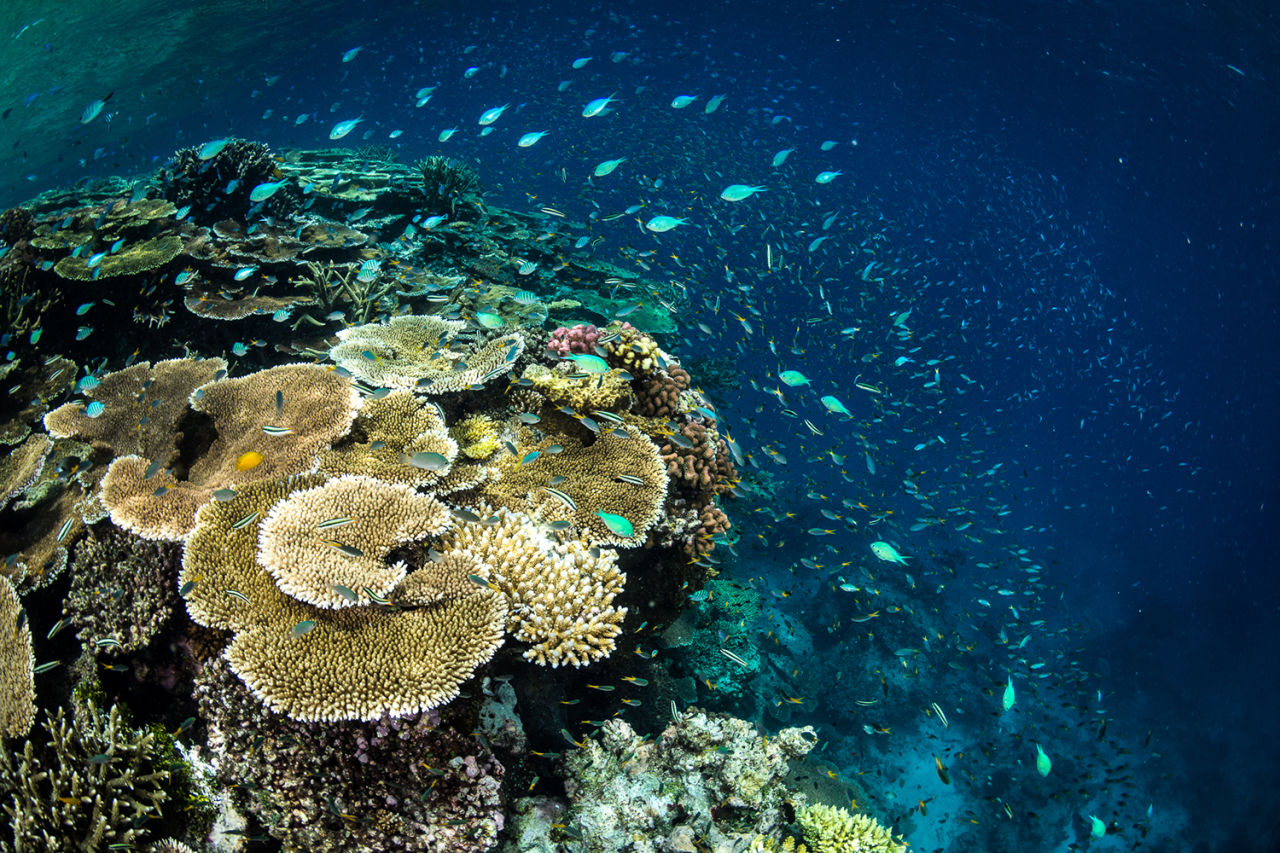
Between 4,000 and 9,000 years ago, the Reef experienced a major growth phase. Credit: Matt Curnock, Ocean Image Bank.
#What kind of animals live on the Great Barrier Reef?
The incredible biodiversity of the Great Barrier Reef means visitors have the chance to swim with a vast array of iconic and endangered animals like turtles, whales and dugongs. Beneath the ocean surface of our Reef lies a vibrant underwater world home to around 9,000 species including 1,500 types of coral, 136 types of sharks and rays, and more than 30 species of whales and dolphins.
This unique ecosystem is home to over 1,600 species of fish including the much loved clownfish, one of the most globally recognisable Reef species thanks to the plight of one father's journey to find his son, Nemo.
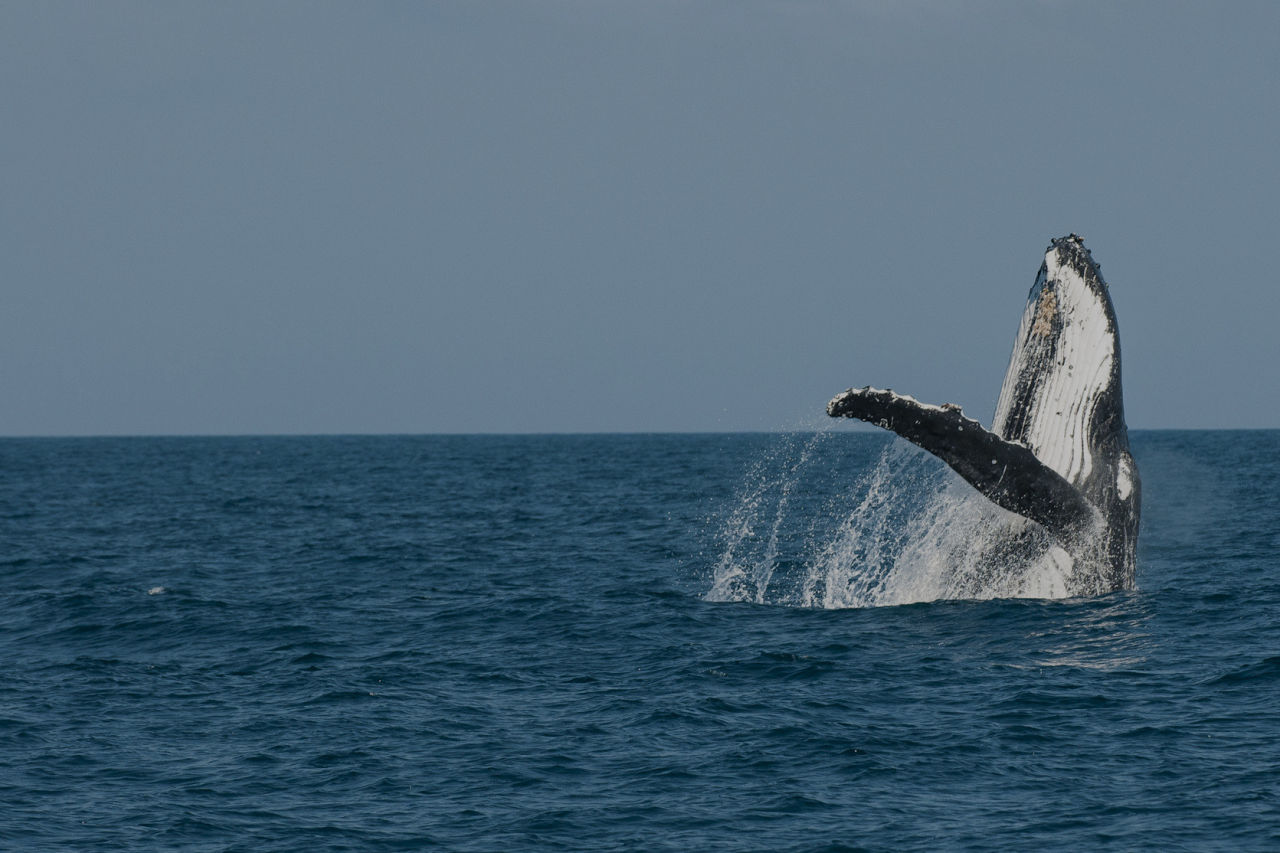
Animals
The Great Barrier Reef is home to some of the most unique creatures on the planet. These threatened species need your help.
#Why is the Great Barrier Reef important?
The Great Barrier Reef is one of the best-known, well-managed and most complex natural ecosystems on Earth. Its beauty and complexity comes from the staggering biodiversity of life that exists within its waters. Its ecological health doesn't just matter here in Australia - it plays a critical role in maintaining the balance of our oceans globally. Protecting the Reef's biodiversity is not just an environmental endeavour; it's a responsibility we owe to future generations.
Beyond its breathtaking beauty and biodiversity, the Great Barrier Reef is also an economic powerhouse. The Reef supports well over 64,000 jobs and contributes more than $6.4 billion annually to the Australian economy. Yet, the true value of the Reef goes far beyond these figures. Its ecosystem services - like protecting coastlines, nurturing fisheries, and supporting climate regulation - are impossible to fully capture in dollar terms.
For First Nations Peoples, the Great Barrier Reef is far more than an ecological or economic asset - it is sea Country, a place of deep cultural and spiritual connection. For more than 60,000 years, Aboriginal and Torres Strait Islander communities have lived in harmony with this remarkable marine environment. Today, Traditional Owner groups continue to care for the Reef, guided by ancient, holistic knowledge systems that have been passed down through generations. Their enduring custodianship is vital to the Reef's story and its future.
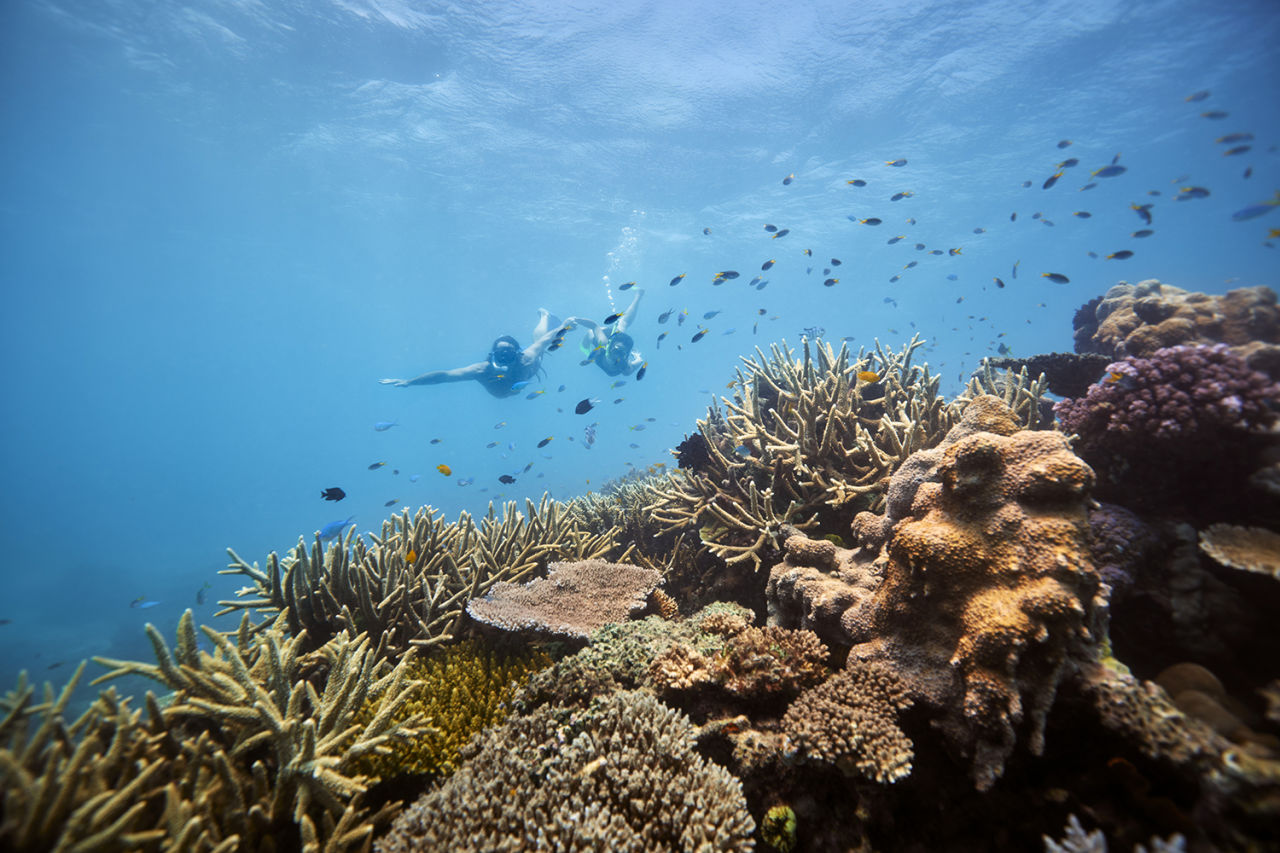
Beyond its breathtaking beauty and biodiversity, the Great Barrier Reef is also an economic powerhouse. Credit: Tourism and Events Queensland.
#What are the threats to the Great Barrier Reef?
The growing combination of rising water temperatures, poor water quality from sediment run-off and pollution, as well as more severe cyclones and crown-of-thorns starfish outbreaks, are just some of the threats creating a perfect storm for our Reef and the iconic animals that depend on it.
In 2025, the Great Barrier Reef is suffering through another tough summer, enduring severe flooding, crown-of-thorns starfish outbreaks and a mass coral bleaching event. While less extensive than the bleaching event in 2023-24, it is the second time the Reef has experienced consecutive mass bleaching events and it is the sixth event since 2016.
Climate change remains the biggest threat to the survival of the Great Barrier Reef and coral reefs around the world. Warmer water temperatures are causing more frequent and severe mass coral bleaching events and forcing marine species to move to cooler habitats, disrupting food supplies and breeding cycles and threatening entire ecosystems.
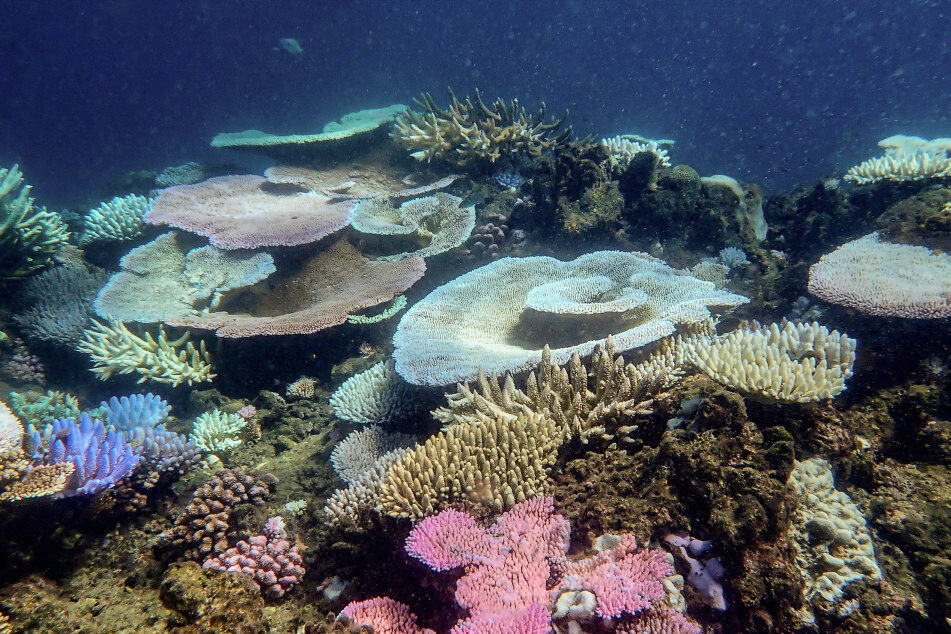
The Reef has experienced consecutive mass bleaching events in 2024 and 2025. Credit: Veronique Mocellin, Australian Institute of Marine Science.
#What is being done to protect and restore the Great Barrier Reef?
Reducing global emissions is no longer enough to safeguard coral reefs. We must urgently scale coral restoration efforts and help global reefs adapt to climate change.
As reports of increasingly frequent and severe coral bleaching events emerge, you could be forgiven for thinking it's too late to protect coral reefs. But we've made more advances in coral reef science in the last five years than has been made in the past 50. With our partners, donors, and supporters, we're breaking through scientific and engineering barriers and pioneering solutions for Reef resilience.
We've achieved breakthroughs in the world's largest research and development program to protect an ecosystem from climate change - the Reef Restoration and Adaptation Program. We've pioneered advances in coral restoration techniques, innovative methods to improve water quality and improvements in detecting and controlling crown-of-thorns starfish.
The Foundation expanded its research and tourism partnerships to help scale up restoration by harnessing the power of local skills, vessels and passion. Local tourism operators, Traditional Owners, government agencies, and recreational boaters are being trained in the Coral IVF method. During mass coral spawning, they capture excess coral eggs and sperm from healthy reefs and rear millions of baby corals in specially designed floating pools. These young corals are then placed on damaged reefs, helping repopulate and restore them.
We worked with our partners in Ningaloo and Belize to launch world-first Resilience Strategies designed to help local communities tackle the impacts of climate change and other local threats, and the Foundation commenced Blue Carbon pilot projects designed to strengthen the regeneration and resilience of the Great Barrier Reef, including the world's largest seagrass nursery.
Alongside these restoration activities, the Foundation continued to develop and pilot financial markets and instruments that will help create sustainable funding for Reef conservation projects into the future.
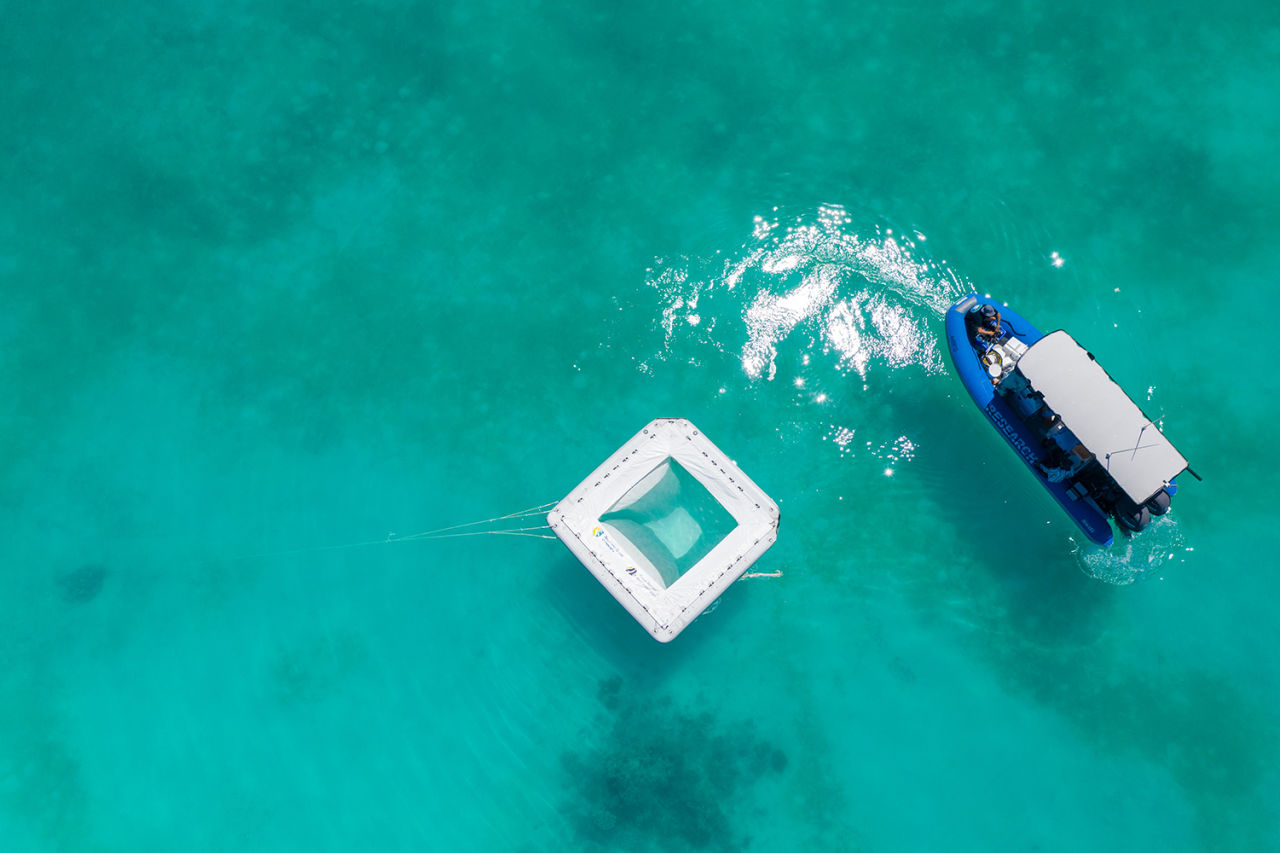
Collectively, we're breaking through barriers and pioneering solutions for Reef resilience. Credit: Southern Cross University.
#What can I do to protect the Great Barrier Reef?
We've made significant progress advancing methods to restore reefs, but coral reefs remain one of the most vulnerable ecosystems on the planet. It's not too late to protect coral reefs and the marine life that calls them home, but our window to act is closing.
We encourage all Australians to join the fight and discover more about our projects, visit the Reef and even spearhead your own fundraising initiative.
Your support can help save endangered marine species, find solutions to major threats facing our Reef like coral bleaching and crown-of-thorns starfish and enable vital research that helps managers protect our Reef.
Every coral matters. Every effort counts. The Reef needs your help.
Top image credit: Tourism Tropical North Queensland.
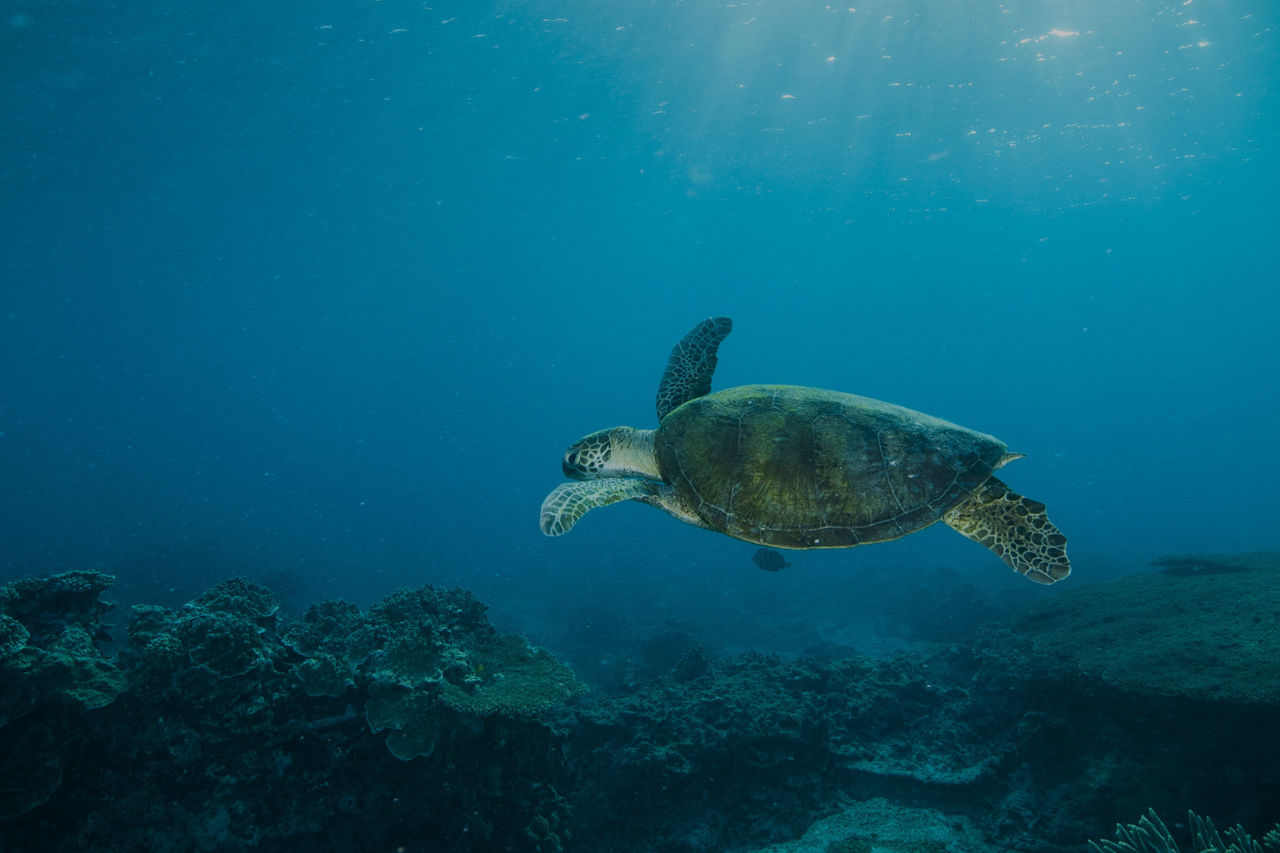
You Can Help
No matter how you choose to help, your support will make a difference.






